
Before MTV and the age of television, there were Soundies. First appearing in 1941, these three minute black-and-white films featured artists of the Big Band, Jazz and Swing era, like Duke Ellington, Count Basie, Louis Jordan, Louis Armstrong, Gene Krupa, The Mills Brothers, Les Paul, Cab Calloway, and Fats Waller. The Soundies helped launch the careers of Doris Day, Nat King Cole, Liberace, and Dorothy Dandridge, among others. Viewed for a dime through a special machine called a Panoram, a movie jukebox, these forerunners to the music video could be seen in nightclubs, roadhouses, restaurants and other public venues across the U.S. These classic films remain as glorious time capsules of music, social history, popular culture, and tell the story of a crossroads in our country, when the uncertainties of war, race relations, and emerging technologies combined to write one of the most influential chapters in our nation¹s history.
You May Also Like
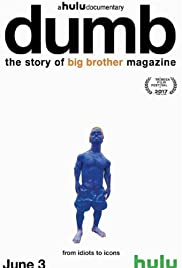
A look at the rise and fall of the subversive skateboarding magazine Big Brother, which rose to prominence in the mid-1990s and had a profound effect on the skating subculture with its unfiltered approach.
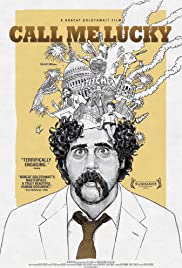
An inspiring, triumphant and wickedly funny portrait of one of comedy’s most enigmatic and important figures, CALL ME LUCKY tells the story of Barry Crimmins, a beer-swilling, politically outspoken and whip-smart comic whose efforts in the 70s and 80s fostered the talents of the next generation of standup comedians. But beneath Crimmins’ gruff, hard-drinking, curmudgeonly persona lay an undercurrent of rage stemming from his long-suppressed and horrific abuse as a child – a rage that eventually found its way out of the comedy clubs and television shows and into the political arena.

Writer and historian Dr Helen Castor explores the life – and death – of Joan of Arc. Joan was an extraordinary figure – a female warrior in an age that believed women couldn’t fight, let alone lead an army. But Joan was driven by faith and today, more than ever, we are acutely aware of the power of faith to drive actions for good or ill. Since her death, Joan has become an icon for almost everyone: the left and the right, Catholics and Protestants, traditionalists and feminists. But where, in all of this, is the real Joan – the experiences of a teenage peasant girl who achieved the seemingly impossible? Through an astonishing manuscript, we can hear Joan’s own words at her trial and, as Helen unpicks Joan’s story and places her back in the world that she inhabited, the real human Joan emerges.

A behind-the-scenes look at the of how the Paris Opera is run under the direction of Stephane Lissner.
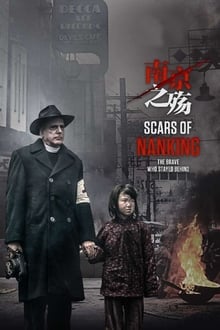
During the brutal invasion of China in 1937 by Imperial Japanese forces, tens of thousands of civilians and prisoners of war are murdered and women raped in what is known simply as “The Rape of Nanking.” This docudrama is a stirring account of a small band of courageous American missionaries who choose to stay in Nanking to try and protect a quarter million vulnerable Chinese civilians who are trapped in a city ruled by a savage, out of control army. Their stories are brought vividly to life through actual real-time letters and diaries as they bear witness to one of the worst wartime atrocities in history.
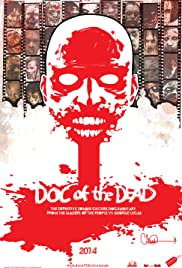
The definitive zombie culture documentary, brought to the screen by the makers of THE PEOPLE vs. GEORGE LUCAS.
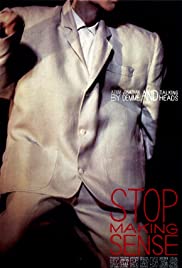
A concert film documenting Talking Heads at the height of their popularity, on tour for their 1983 album “Speaking in Tongues.” The band takes the stage one by one and is joined by a cadre of guest musicians for a career-spanning and cinematic performance that features creative choreography and visuals.
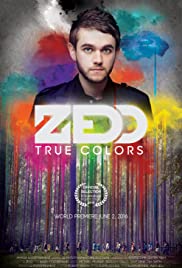
Ride along as Zedd explores new territory with his latest album, ‘True Colors,’ and get a behind the scenes look at everything from making the album, the most ambitious EDM arena tour in history, and a series of intimate fan experiences you won’t believe.
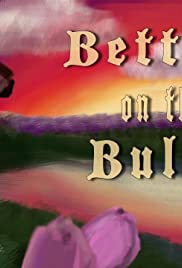
Not Available
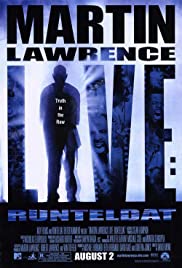
The controversial bad-boy of comedy delivers a piercing look at his life, lifting the metaphorical smokescreen that he feels has clouded the public view, commenting on everything from the dangers of smoking to the trials of relationships, and unleashing a nonstop litany of raucous anecdotes, stinging social commentary and very personal reflections about life.
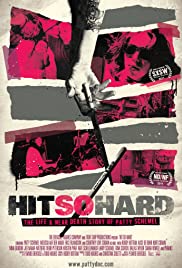
When Nirvana burst onto the scene in 1991, the music they played spoke directly to an angry and disenfranchised generation. As grunge took over MTV and radio, the music industry was transformed overnight. But just three years later, the drug-related deaths of several musicians, capped by the suicide of Kurt Cobain, closed the books on an all too brief era. Hit So Hard follows the rise to fame (and the near-fatal fall from it) of Patty Schemel, drummer for Courtney Love’s seminal rock band, Hole. Given a Hi-8 video camera just before Hole’s infamous Live Through This world tour, Patty captured stunningly intimate footage of the scene that has never been seen… until now. Not just an all-access backstage pass to the music that shaped a generation, Hit So Hard is a harrowing tale of overnight success, the cost of addiction, and ultimately, recovery and redemption.
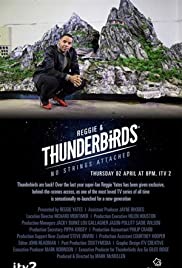
In the year of its relaunch Reggie Yates is given exclusive behind the scenes access to one of the most loved British TV series of all time.